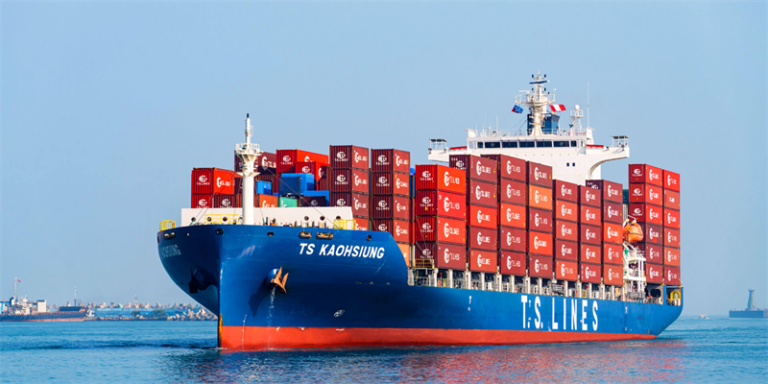The freight rates on the U.S. routes have plummeted! All routes are experiencing a decline.
Freight rates on all four major Europe-America routes have declined. Specifically, the U.S. West Coast and East Coast routes have seen significant drops of 9.51% and 8.08%, respectively, while the Europe and Mediterranean routes have also decreased by 4.56% and 2.63%.
Industry experts widely believe that the continued influx of new capacity, in the form of extra vessels and newly launched routes, has intensified market competition, becoming the primary factor suppressing freight rates. Major freight forwarding companies predict that unless a strike actually occurs on the U.S. East Coast, rates are likely to continue declining week by week.

Freight rates on all four major Europe-America routes have declined, with the U.S. routes experiencing a sharper drop. The main reasons are weakening demand and the continued increase in new capacity.
A senior executives from freight forwarding companies recently pointed out that current market freight rates have dropped to a low of $4,600 to $4,800 due to an excess of ships in the Central China region. In contrast, rates in the South China region remain around $6,000, supported by e-commerce shipments.
Freight rates on European routes have also significantly declined, currently hovering between $6,500 and $7,500. The overall market for freight rates is chaotic and continues to trend downward.
According to industry experts, the current market rates are highly flexible and immediate, with shipping companies quickly adjusting rates if bookings are insufficient. The traditional 1:4 ratio between long-term contract rates and spot rates has been disrupted, with a 1:1 pricing model now more common, leading to a substantial drop in actual charges.
With the continuous delivery of new ships, market rates are described as having “no lowest, only lower” as they keep declining. Some routes even offer special rates to attract cargo, yet even so, load factors are only maintained at 80% to 90%.
It’s worth noting that compared to pre-pandemic levels, despite similar load factors, current rates remain nearly twice the cost price. Shipping companies are managing to maintain high freight rates by controlling capacity and continually testing price increase strategies.
From the current supply and demand situation in the shipping market, excess supply has led to price instability. Industry insiders have candidly stated that last week’s brief rebound in the SCFI (Shanghai Containerized Freight Index) was actually a misunderstanding, with the latest published index showing a further decline, particularly with the U.S. West Coast route dropping by over 9% and the U.S. East Coast route by 8%.
The market generally expects freight rates to continue falling in the coming weeks, with the risk of a strike by East Coast dockworkers remaining an important factor to watch.
Freight forwarders analyze that due to insufficient cargo volume, the continuous introduction of newly built ships into the market, and the market gradually entering the off-season, the overall trend in freight rates appears bearish.
This year, especially, many shippers, worried about potential U.S.-China tariffs and the possibility of an East Coast strike, have shipped their goods earlier than usual. This could make the traditionally slow fourth quarter even quieter.





